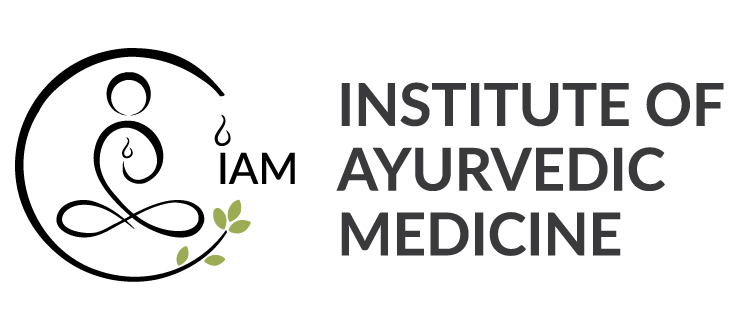Panchakarma therapy is now one of the most sought-after treatments. Here’s a complete guide that’d throw light on the entire treatment procedure and its benefits.
Panchakarma is an ancient Indian treatment that involves five different procedures for balancing all the three Doshas in the body and rejuvenating the affected individual. The terms Pancha and Karma denote five and action or therapy, respectively.
Panchakarma therapy is integral to Ayurveda. It helps attain the perfect equilibrium of mind, body, and consciousness through rejuvenation and detoxification.
Panchakarma treatment is now widely used for eliminating waste from the lungs, sweat glands, intestines, stomach, bladder, and other systems in the human body. It involves Ayurvedic massages, herbal oil baths, and nasal medications. Admittedly, an unhealthy diet and ill habits encourage a massive build-up of waste in the body, known as Ama. Panchakarma eliminates Ama from your body and protects it from diseases.
Panchakarma therapy varies from one individual to another and is dependent on age, imbalance of Doshas, immunity levels, strength, and other relevant factors. Make a point to get examined by a certified Panchakarma therapist and ensure that you undergo the treatment in the prescribed manner.
Types of Panchakarma Therapy
As the name suggests, there are five different kinds of Panchakarma therapy, namely, Vamana, Virechana, Nasya, Basti, and Raktamokshana.
Vamana or Emesis
Vamana means emesis or therapeutic vomiting. On completion of the pre-Panchakarma therapy, an emetic agent is orally administered for inducing a vomiting effect so that the accumulated toxins are cleared from the tissues. Vamana is best suited for Kapha Doshas like asthma and obesity.
Virechana or Purgation
Virechana refers to the process of purgation or excretion. Once the pre-Panchakarma therapy or Purvakarma is completed, a herbal laxative is ingested for cleansing the bowels so that all toxins can be purged from the system. Virechana is mostly used in Pitta Doshas like colitis and jaundice.
Nasya or Toxin Elimination via the Nasal Route
Nasya means decongesting and clearing the head. Before the Nasya procedure is commended, the Panchakarma therapy expert applies a light massage followed by fomentation on the shoulders and head. Medicated oil is then nasally administered to the patient.
The inside of your head will be cleared, and you’ll be relieved of migraine, hair issues, and headaches. The nasal drops are extremely effective in the elimination of Kapha toxins from your neck and head.
Basti or Enema
Basti or enema refers to the application of medicated materials, such as herbal oils, decoction, ghee (hydrogenated oil), or milk into the patient’s rectum for cleansing it. It’s ideal for chronic and complicated medical conditions.
Basti works best for mitigating Vata Doshas and is frequently utilized to treat piles, constipation, and arthritis. To suffice, Basti can be used for the treatment of all the three Doshas, namely, Vata, Pitta, and Kapha, and is aptly known as the mother or foundation of all Panchakarma therapies.
Raktamokshana or Blood Detoxification
Raktamoskshana refers to the act of cleansing and purifying the blood, which is performed by Panchakarma therapy practitioners in the subcontinent and across the globe for treating diseases that are caused by impurities in the blood. It can be performed on your entire body or in a specific area.
Raktamoskshana is most suitable for curing health complications like pigmentation and eczema. However, due to the increased likelihood of infection at the time of cleansing, it should be applied only when utmost necessary.
Key Benefits of Panchakarma Therapy
- Panchakarma therapy eliminates toxins from the mind and body.
- It improves overall wellness and health.
- Helps boost immunity.
- It decelerates the natural ageing process.
- Increases energy, cognition, and strength.
- It promotes deep relaxation.
- Thoroughly cleanses the body.
- Decongests clogged channels in the body.
- Aids in weight loss and rejuvenates the tissue system.
- Enhances the effectiveness of stomach acids and facilitates better digestion
So, here’s our complete guide on Panchakarma therapy. Don’t forget to share your thoughts in the comment section. Also, let us know why you think this therapy can work wonders for you.

